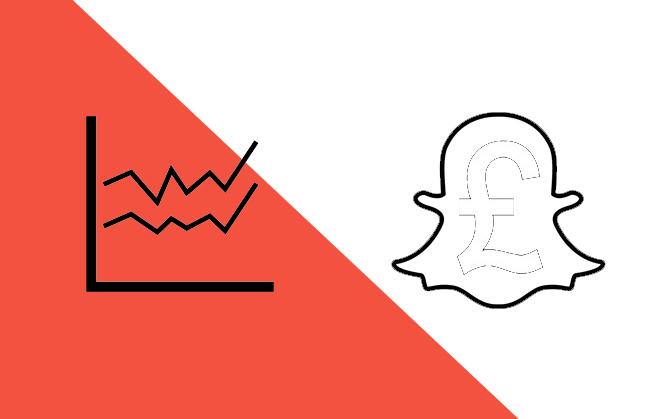
Snapchat ads: The real cost of paid social
$750,000 for a day’s worth of advertising? This is the figure that Snapchat is currently quoting brands to have their ads displayed on the app. So why the high price? And does this signify social media’s move towards paid-for content? We at The Practice were keen to find out more.
According to Adweek, Snapchat’s high price is all too real for brands who want their ads seen in the app’s Recent Updates feed. Snapchat’s intention is for the steep price to attract only the biggest and best adverts from the world’s top brands, meaning fewer ads, but higher quality content. With a user-base of 100 million, we’re sure companies with a large ad-spend will be happy to pay the asking price if it ensures their adverts reach the desired audience. When the app first started rolling out in-app adverts in the US back in October, the likes of Samsung, Universal and McDonald’s were quick to buy space. McDonalds saw much success with its “Love is Endless” animated advert, which attempted to rebrand its recognizable “I’m Lovin’ it” campaign. The drawback for other advertisers though is that ads on the app are not yet targeted at specific users, and, like all other content on Snapchat, disappear 24 hours after the user has viewed them.
So how does Snapchat’s ad charge stack up? In comparison, this same figure is estimated to pay for a month-long ad campaign on Instagram, while for the lesser sum of $200,000, brands can expect a day’s worth of promoted trends on Twitter. This figure is also approximately 50% higher than the cost of a masthead ad for one day on YouTube, and on Facebook, every marketer knows that you can spend as little as $1 per day to boost your posts. Still, social media advertising is big businesses, with the majority of brands on board already. As of last year for instance, 84% of brands paid for Facebook advertising, with 79% using promoted tweets and 56% paying for content on YouTube.
So is organic reach dead? On Facebook, the average brand’s post reached around half as many fans in February 2014 as it did in October 2013, while algorithm changes meant decreases in both organic reach and engagement. While Twitter has remained mostly the same, there was speculation last year of a filtered feed, changing the order of the tweets we see, or perhaps prioritizing promoted tweets even more. Since then however, we’ve not heard any more on the subject. As a result though, we would say that this year, there will definitely be a move towards paid social, but there’s no need for brands to neglect their organic strategy. Strong storytelling with an emphasis on visual, quality content, use of different media, consistency and engagement are still crucial tactics for successful organic reach- they’re just more important than ever before.
What do you think of Snapchat’s latest news? Has your business seen the impact of paid social in the past year? We’d love to hear your thoughts, so please tweet to us @PracticeDigital and share your comments on our Facebook page.




